21/11/2015
Préface : CONCRETE MATHEMATICS: A Foundation for Computer Science
Source : http://cs.ioc.ee/yik/lib/1/Graham1pre.html
 CONCRETE MATHEMATICS: A Foundation for Computer Science
CONCRETE MATHEMATICS: A Foundation for Computer Science
2nd ed
by Ronald L. Graham, Donald Ervin Knuth, and Oren Patashnik
Addison-Wesley Publishing Co. - Reading, Mass.
ISBN: 0-201-55802-5 * Hardcover * 657 p. * © 1994
This book is based on a course of the same name that has been taught annually at Stanford University since 1970. About fifty students have taken it each year juniors and seniors, but mostly graduate students - and alumni of these classes have begun to spawn similar courses elsewhere. Thus the time seems ripe to present the material to a wider audience (including sophomores).
It was dark and stormy decade when Concrete Mathematics was born. Long-held values were constantly being questioned during those turbulent years; college campuses were hotbeds of controversy. The college curriculum itself was challenged, and mathematics did not escape scrutiny. John Hammersley had just written a thought-provoking article "On the enfeeblement of mathematical skills by 'Modern Mathematics' and by similar soft intellectual trash in schools and universities" [176] ; other worried mathematicians [332] even asked, "Can mathematics be saved?" One of the present authors had embarked on a series of books called The Art of Computer Programming, and in writing the first volume he (DEK) had found that there were mathematical tools missing from his repertoire; the mathematics he needed for a thorough, well-grounded understanding of computer programs was quite different from what he'd learned as a mathematics major in college. So he introduced a new course, teaching what he wished somebody had taught him.
The course title "Concrete Mathematics" was originally intended as an antidote to "Abstract Mathematics," since concrete classical results were rapidly being swept out of the modern mathematical curriculum by a new wave of abstract ideas popularly called the "New Math." Abstract mathematics is a wonderful subject, and there's nothing wrong with it: It's beautiful, general, and useful. But its adherents had become deluded that the rest of mathematics was inferior and no longer worthy of attention. The goal of generalization had become so fashionable that a generation of mathematicians had become unable to relish beauty in the particular, to enjoy the challenge of solving quantitative problems, or to appreciate the value of technique. Abstract mathematics was becoming inbred and losing touch with reality; mathematical education needed a concrete counterweight in order to restore a healthy balance.
When DEK taught Concrete Mathematics at Stanford for the first time he explained the somewhat strange title by saying that it was his attempt to teach a math course that was hard instead of soft. He announced that, contrary to the expectations of some of his colleagues, he was not going to teach the Theory of Aggregates, not Stone's Embedding Theorem, nor even the Stone-Cech compactification. (Several students from the civil engineering department got up and quietly left the room.)
Although Concrete Mathematics began as a reaction against other trends, the main reasons for its existence were positive instead of negative. And as the course continued its popular place in the curriculum, its subject matter "solidified" and proved to be valuable in a variety of new applications. Meanwhile, independent confirmation for the appropriateness of the name came from another direction, when Z.A. Melzak published two volumes entitled Companion to Concrete Mathematics [267].
The material of concrete mathematics may seem at first to be a disparate bag of tricks, but practice makes it into a disciplined set of tools. Indeed, the techniques have an underlying unity and a strong appeal for many people. When another one of the authors (RLG) first taught the course in 1979, the students had such fun that they decided to hold a class reunion a year later.
But what exactly is Concrete Mathematics? It is a blend of continuous and discrete mathematics. More concretely, it is the controlled manipulation of mathematical formulas, using a collection of techniques for solving problems. Once you, the reader, have learned the material in this book, all you will need is a cool head, a large sheet of paper, and fairly decent handwriting in order to evaluate horrendous-looking sums, to solve complex recurrence relations, and to discover subtle patterns in data. You will be so fluent in algebraic techniques that you will often find it easier to obtain exact results than to settle for approximate answers that are valid only in a limiting sense.
The major topics treated in this book include sums, recurrences, elementary number theory, binomial coefficients, generating functions, discrete probability, and asymptotic methods. The emphasis is on manipulative techniques rather than on existence theorems or combinatorial reasoning; the goal is for each reader to become as familiar with discrete operation (like the greatest integer function and finite summation) as a student of calculus is familiar with continuous operations (like the absolute-value function and infinite integration)
Notice that this list of topics is quite different from what is usually taught nowadays in undergraduate course entitled "Discrete Mathematics." Therefore the subject needs a distinctive name, and "Concrete Mathematics" has proved to be as suitable as another
The original textbook for Stanford's course on concrete mathematics was the "Mathematical Preliminaries" section in The Art of Computer Programming [207]. But the presentation in those 110 pages is quite terse, so another author (OP) was inspired to draft a lengthy set of supplementary notes. The present book is an outgrowth of those notes; it is an expansion of, and a more leisurely introduction to, the material if Mathematical Preliminaries. Some of the more advanced parts have been omitted; on the other hand, several topics not found there have been included here so that the story will be complete
The authors have enjoyed putting this book together because the subject began to jell and to take on a life of its own before our eyes; this book almost seemed to write itself. Moreover, the somewhat unconventional approaches we have adopted in several places have seemed to fit together so well, after these years of experience, that we can't help feeling that this book is a kind of manifesto about our favorite way to do mathematics. So we think the book has turned out to be a tale of mathematical beauty and surprise, and we hope that our readers will share at least of the pleasure we had while writing it
Since this book was born in a university setting, we have tried to capture the spirit of a contemporary classroom by adopting an informal style. Some people think that mathematics is a serious business that must always be cold and dry; but we think mathematics is fun, and we aren't ashamed to admit the fact. Why should a strict boundary line be drawn between work and play? Concrete mathematics is full of appealing patterns; the manipulations are not always easy, but the answers can be astonishingly attractive. The joy and sorrows of mathematical work are reflected explicitly in this book because they are part of our lives.
Students always know better than their teachers, so we have asked the first students of this material to contribute their frank opinions, as "graffiti" in the margins. Some of these marginal markings are merely corny, some are profound; some of them warn about ambiguities or obscurities, others are typical comments made by wise guys in the back row; some are positive, some are negative, some are zero. But they all are real indications of feelings that should make the text material easier to assimilate. (the inspiration for such marginal notes comes from a student handbook entitled Approaching Stanford, where the official university line is counterbalanced by the remarks of outgoing students. For example, Stanford says, "There are a few things you cannot miss in this amorphous .. what the h*** does that mean? Typical of the pseudo-intellectualism around her." Stanford: There is no end to the potential of a group of students living together." Graffito: "Stanford dorms are like zoos without a keeper."
The margins also include direct quotations from famous mathematicians of past generations, giving the actual words in which they announced some of their fundamental discoveries. Somehow it seems appropriate to mix the words of Leibniz, Euler, Gauss, and others with those of the people who will be continuing the work. Mathematics is an ongoing endeavor for people everywhere; many strands are being woven into one rich fabric.
This book contains more than 500 exercises, divided into six categories:
- Warmups are exercises that every reader should try to do when first reading the material.
- Basics are exercises to develop facts that are best learned by trying one's own derivation rather than by reading somebody else's.
- Homework exercises are problems intended to deepen an understanding of material in the current chapter.
- Exam problems typically involve ideas from two or more chapters simultaneously; they are generally intended for use in take-home exams (not for in-class exams under time pressure).
- Bonus problems go beyond what an average student of concrete mathematics is expected to handle while taking a course based on this book; they extend the text in interesting ways.
- Research problems may or may not be humanly solvable, but the ones presented here seen to be worth a try (without time pressure).
Answers to all the exercises appear in Appendix A, often with additional information about related results. (Of course the "answers" to research problems are incomplete; but even in these cases, partial results or hints are given that might prove to be helpful.) Readers are encouraged to look at the answers especially the answers to the warmup problems, but only after making a serious attempt to solve the problems without peeking.
We have tried in Appendix C to give proper credit to the sources of each exercise, since a great deal of creativity and/or luck often goes into the design of an instructive problem. Mathematicians have unfortunately developed a tradition of borrowing exercises without an acknowledgment; we believe that the opposite tradition, practiced for example books and magazines about chess (where names, dates, and location of original chess problems are routinely specified) is far superior. However, we have not been able to pin down the sources of many problems that have become part of the folklore. If any reader knows the origin of an exercise for which our citation is missing or inaccurate, we would be glad to learn the details so that we can correct the omission in subsequent editions of this book.
The typeface used for mathematics throughout this book is a new design by Hermann Zapf [227], commissioned by the American Mathematical Society and developed with the help of a committee that included B. Beeton, R.P. Boas. L.K. Durst, D. E. Knuth, P. Murdock, R.S. Palais, P Renz, E. Swanson, S.B. Whidden and W.B. Woolf. The underlying philosophy of Zapf's design is to capture the flavor of mathematics as it might be written by a mathematician with excellent handwriting. A handwritten rather than mechanical style is appropriate because people generally create mathematics with pen, pencil, or chalk. (For example, one of the trademarks of the new design is the symbol for zero, 'O', which is slightly pointed at the top because a handwritten zero rarely closes together smoothly when the curve returns to its starting point.) The letters are upright, not italic, so the subscripts, superscripts, and accents are more easily fitted with ordinary symbols. This new type of family has been named AMS Euler, after the great Swiss mathematician Leonhard Euler (1707-1783) who discovered so much of mathematics as we know it today. The alphabets include Euler Text, Euler Fraktur, and Euler Script Capitals, as well as Euler Greek and special symbols such as <p> and <N>. We are especially pleased to be able to inaugurate the Euler Family of typefaces in this book, because Leonhard Euler's spirit truly lives on every pare: Concrete mathematics is Eulerian mathematics.
The authors are extremely grateful to Andrei Broder, Ernst Mayr, Andrew Yao, and Frances Yao, who contributed greatly to this book during the years that they taught Concrete Mathematics at Stanford. Furthermore we offer 1024 thanks to the teaching assistants who creatively transcribed what took place in class each year and who helped to design the examination questions; their names are listed in Appendix C. This book, which is essentially a compendium of sixteen years' worth of lecture notes, would have been impossible without their first-rate work.
Many other people have helped to make this book a reality. For examples, we wish to commend the students at Brown, Columbia, CUNY, Princeton, Rice, and Stanford who contributed the choice of graffiti and helped to debug our first drafts. Our contacts at Addison-Wesley were especially efficient and helpful; in particular, we wish to thank our publisher (Peter Gordon), production supervisor (Bette Aaronson), designer (Roy Brown), and copy editor (Lyn Dupré). The National Science Foundation and the Office of Naval Research have given invaluable support. Cheryl Graham was tremendously helpful as we prepared the index. An above all, we wish to thank our wives (fan, Jill, and Amy) for their patience, support, encouragement, and ideas.
This second edition features a new Section 5.8, which describes some important ideas that Doron Zeilberger discovered shortly after the first edition went to press. Additional improvements to the first printing can also be found on almost every page.
We have tried to produce a perfect book, but we are imperfect authors. Therefore we solicit help in correcting any mistakes that we've made. A reward of $2.56 will gratefully be paid to the first finder if any error, whether it is mathematical, historical, or typographical.
| Murray Hill, New Jersey | RLG | |
| and Stanford California | DEK |  |
| May 1988 and October 1993 | OP |  |
21:15 | Lien permanent | Commentaires (0) |  |
|  del.icio.us |
del.icio.us |  |
|  Digg |
Digg | ![]() Facebook
Facebook
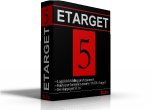










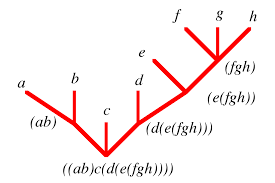

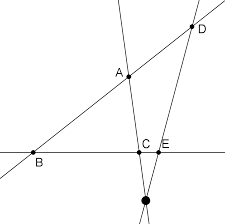
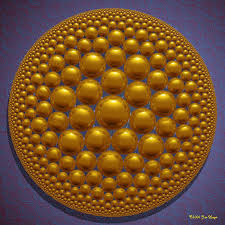
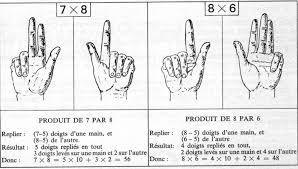
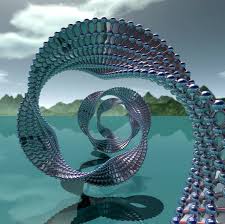

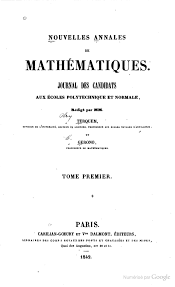

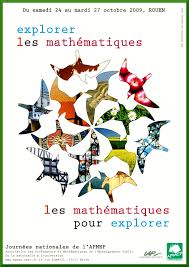



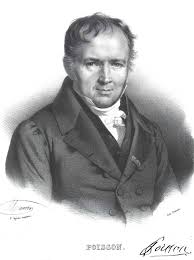

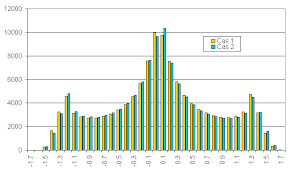
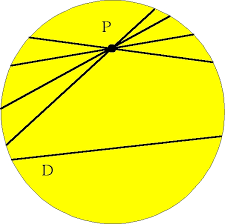


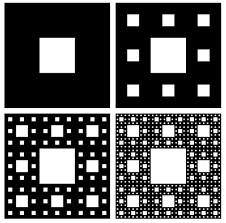
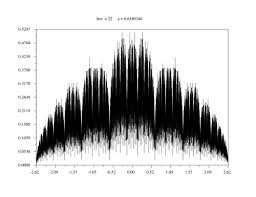
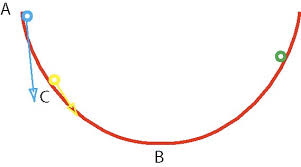

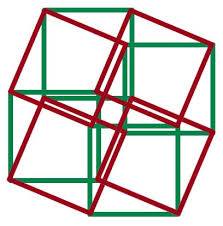



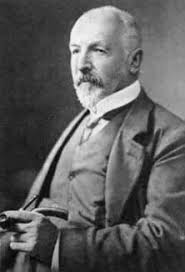

Les commentaires sont fermés.